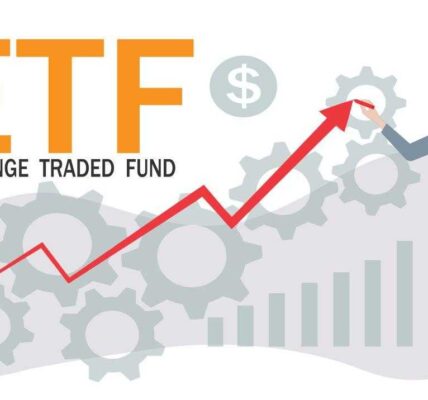The world’s economy has integrated, resulting in transactions involving more than one nation’s currency, leading to forex risk management. This risk stems from changes in the value of the currencies used, especially when converting money across borders, as the value changes significantly. Hedging is critical for minimizing the potential losses that could occur in case of fluctuations in the exchange rates.
So here are the several approaches to managing forex risk in cross-border transfers, stressing the need to comprehend money transfer services, hedging instruments, and planning.
Currency Hedging
Currency hedging is the most common technique companies employ to minimize their exposure to the unfavorable effects of fluctuations in the forex market. Hedging means engaging in transactions using financial assets to protect an investor against unfavorable movements in currency. There are various forms of hedging tools, but among the most frequently used are forward contracts, options, and futures. Here, a forward contract involves a specific exchange rate to be used at a future date to ensure certainty as regards the cost of a particular transaction.
Options provide the right but not the obligation to sell or buy at a pre-decided price, protecting against any change in rates, which are favorable sometimes but may be detrimental other times. Other forms include future contracts and agreements to buy and sell currencies on a particular date. Using these instruments, the turbulent movement of currencies can be neutralized. As such, everyone can plan financially outside the turmoil of currency fluctuations.
Multi-Currency Accounts
These accounts enable a holder to own many currencies all at once; thus, they do not have to exchange their money constantly. Entities should keep their funds in the purchasing power of the currencies of the countries where they often do business to reduce the costs of conversion and fluctuating currency values. As to the advantages and effectiveness of the multi-currency accounts, they help manage cash flow and enable fast and effective cross-border operations, which is quite suitable for individuals and legal entities with cross-border activities.
Currency Diversification
Currency diversification literally means that the currency risk of a particular segment is held in more than one currency. This means that it is possible to avoid or minimize the effect brought about by the fluctuation of the currency by investing in other currencies or having reserves in different currencies. This strategy is most appropriate for organizations with branches in different countries or people who have investments in various countries. The concentration of currency adds risk to the business. Therefore, diversification offers a hedge against fluctuations in the markets.
Currency Risk Management Policies
An effective currency risk management policy is the key to organizations engaging in International business transactions. These policies describe how the organization should be able to identify, measure, and control its exposure to forex risk. These measures are among those established as part of the risk management policy, such as risk appetite levels, hedge policies, and risk control check-ups and reports. Hence, businesses with a structural plan for handling currency risks understand how to handle them fully since market conditions are always changing.
Selecting Money Transfer Services
Selecting the proper money transfer services is also essential to better control forex risks. Every service provides its exchange rate, there are fees for using the service, and the time it takes to transfer money. In light of such considerations and by directly comparing the factors highlighted above and choosing the service most appropriate to their needs, people and companies can greatly benefit from alterations to their currency exchange systems. However, some traditional transfer services provide hedging features or adopt multiple currency accounts to increase the level of protection.
Final Thoughts
Implementing foreign exchange and risk management is essential in cross-border remittance, especially for financial stability in a global economy. Some measures include Currency hedging, multi-currency accounts, currency diversification, and solid risk management policies, all of which can help an individual or a business avoid the impacts of fluctuating currencies. Furthermore, the proper choice of appropriate MTS also influences the management of forex risk to a great extent. This paper focuses on identifying ways to make profits in foreign exchange transactions and avoiding loss in this age of increased globalization of business.










